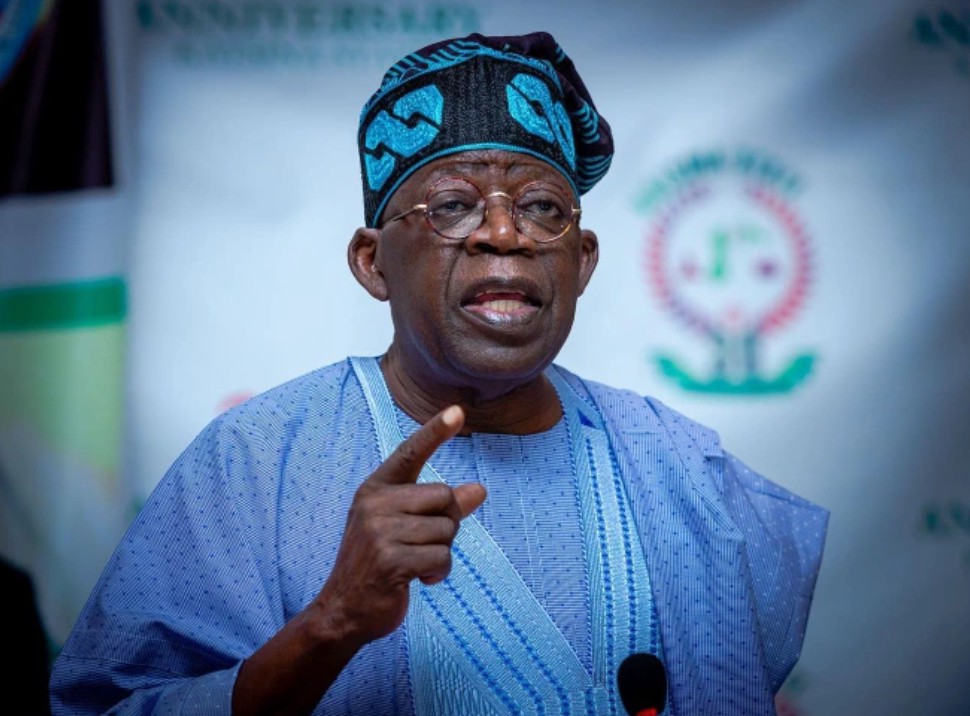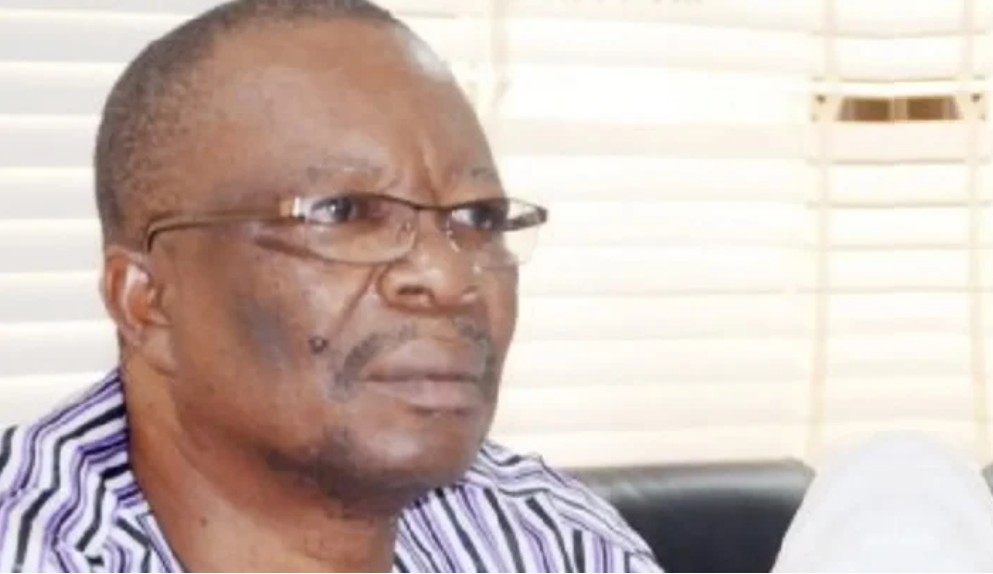Home > Business & Economy > CNG Crisis: Nigeria’s Gas-Powered Vehi...
CNG Crisis: Nigeria’s Gas-Powered Vehicle Dream Stalls Amid National Infrastructure Woes
By AnchorNews | 02 Jun, 2025 06:16:28am | 156
.jpeg)
By Ginika Nweke
What began as a flagship move to redefine Nigeria’s energy future and reduce transportation costs for ordinary citizens is now teetering on the brink of failure. The Federal Government’s Compressed Natural Gas (CNG) initiative, once heralded as a revolutionary alternative to petrol, has hit a nationwide impasse, endangering a colossal ₦785.6 billion investment and leaving thousands of CNG-powered buses and infrastructure to decay in silence.
Despite top-level executive backing—including a presidential directive mandating all Ministries, Departments, and Agencies (MDAs) to adopt CNG vehicles—the reality on the ground paints a picture of stalled progress, unfulfilled promises, and growing frustration across the country.
Across Nigeria’s six geopolitical zones, the story is remarkably consistent: insufficient infrastructure, bureaucratic inertia, lack of conversion centers, and long queues at the few available refill stations.
In Enugu State, a fleet of 50 CNG-powered buses sits parked and unused at Michael Okpara Square. Another 50 buses are reportedly on their way. According to the Commissioner for Transportation, Dr. Obi Ozor, these buses will “soon” hit the roads. Yet weeks after that pronouncement, the buses remain idle—victims of an ecosystem that was never truly prepared to receive them. No refill stations. No conversion centers. No functioning infrastructure. Even with plans to establish a local manufacturing plant for CNG and electric vehicles, questions loom: when will these plans materialize? And how long can these parked buses withstand sun and rain before they become mere metal shells of a failed policy?
In Ebonyi State, the government claims it has procured “some” CNG buses, but has yet to roll them out. Specifics remain vague, and citizens are yet to see a single operational vehicle on the roads. Abia State, meanwhile, has taken an entirely different route—literally. Officials there say they are not interested in CNG at the moment. Instead, the state plans to introduce electric buses by July, abandoning the gas transition model entirely. No CNG buses. No infrastructure. No rollout.
Ironically, Anambra State—home to Innoson Vehicle Manufacturing, which has already set up a dedicated CNG production and conversion facility—is seeing little uptake from within its own borders. While the Federal Road Safety Corps (FRSC) and other organizations outside the state have embraced the company’s CNG vehicles, local adoption remains dismally low. The state government has shown little active interest in integrating the vehicles into its transport system. Another firm is said to be setting up a CNG assembly facility in Umunya, Oyi LGA, but again, public awareness and participation remain alarmingly low.
The few early adopters who converted their vehicles to CNG have found themselves trapped in a logistical nightmare. “I spend six days just to refill my truck,” a cement company driver lamented in Abuja. “It saves money, yes—but what’s the point if I spend four hours every two days looking for gas?” said a taxi operator in the capital. In the South-East, where economic mobility is key and transport services are lifelines for commerce and education, the absence of a viable CNG network is not just disappointing—it’s disruptive. Daily users are being forced back into the petrol fold, despite government promises of lower costs and sustainability.
Some CNG users suspect sabotage by entrenched interests in the fuel import and distribution sector, alleging that regulatory red tape is being weaponized to slow down the CNG rollout and protect petrol profits. Truck drivers and commercial taxi operators alike report a deliberate delay in licensing new stations, with some conversion kits still stuck in bureaucratic limbo.
The Presidential CNG Initiative (P-CNGi) has acknowledged the shortfalls but insists the issues are temporary, citing plans to build infrastructure and expand conversion capacity. Yet no clear timeline has been provided, and public confidence is waning. In the meantime, thousands of CNG-enabled vehicles—from Lagos to Enugu to Bayelsa—are sitting idle, stranded not by mechanical failure, but by administrative dysfunction.
With only 45 functioning CNG stations across the entire country, and just three reliable ones in Abuja, the promised transformation has devolved into a cautionary tale: grand policy without groundwork leads only to disillusionment. Until infrastructure catches up with ambition, Nigeria’s gas-powered vehicle dream remains trapped—not in traffic, but in paralysis.
Conclusively, the CNG initiative may as well be a rumor. For a project of this scale and national significance, the current state of execution is not just inadequate—it’s unsustainable. And unless immediate, transparent, and widespread intervention occurs, the ₦785.6 billion investment could soon be counted among Nigeria’s most expensive policy failures.
— END

Leave a Reply
Your email address will not be published. Required fields are marked *
Category
 Sports
Sports  Religion
Religion  Entertainment
Entertainment Health
Health Politics
Politics Crime & Security
Crime & Security Education
Education  Culture & Tourism
Culture & Tourism News
News.jpeg) Interviews
Interviews Business & Economy
Business & Economy Opinion
Opinion